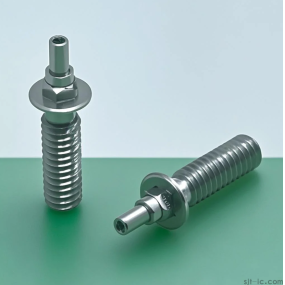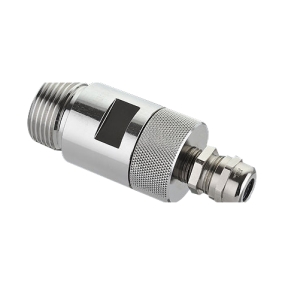Sheet Metal Processing is a technology that involves cutting, bending, stamping, and other processing techniques of metal sheets to produce various metal components. In the process of sheet metal processing, some problems are often encountered, such as processing deformation, unsatisfactory surface quality, dimensional deviation, etc., which require corresponding solutions. The following will provide a detailed introduction to common problems and solutions in sheet metal processing.
1. Processing deformation issues
Processing deformation refers to the material deformation that occurs during sheet metal processing due to the material‘s ductility and pressure. Common processing deformation problems include extrusion, bending, warping, etc. The solution is as follows:
-Minimize machining deformation as much as possible during the design phase, and choose materials and processing techniques reasonably.
-In actual processing, measures such as increasing the bending radius, appropriately reducing the processing speed, and adopting appropriate cooling methods can be taken to reduce processing deformation.
2. Surface quality issues
Surface quality issues refer to scratches, oxidation, rust, and other problems on the surface of sheet metal parts, which affect their aesthetics and durability. The solution is as follows:
-Add surface treatments such as spraying, electroplating, etc., and increase the surface protective layer of sheet metal components.
-Using appropriate cutting tools and cutting speeds, reducing cutting forces and cutting temperatures, and decreasing the incidence of surface quality problems.
3. Dimensional deviation issue
Dimensional deviation refers to the difference between the actual dimensions of the processed parts and the design requirements. The reasons for size deviation may include material properties (such as elastic deformation of metal sheets), precision issues with processing equipment, and the technical level of operators. The solution is as follows:
-Using high-quality processing equipment to improve processing accuracy.
-Strengthen the training of operators and improve their processing technology level.
-In the design phase, reasonable consideration should be given to the elastic deformation of materials and appropriate modifications should be made.
 4. Welding issues
4. Welding issues
Welding operations are often required in sheet metal processing. If the welding is not firm or there are welding defects, it will directly affect the quality of sheet metal components. The solution is as follows:
-Choose appropriate welding materials and welding processes to ensure welding strength and quality.
-Strictly control the temperature and time of the welding process to avoid overheating or prolonged welding time that may cause a decrease in the strength of the welded joint.
5. Data transmission issues
In modern sheet metal processing, computer numerical control equipment is often used for machining operations, requiring the transmission of design data to the equipment. Data transmission issues include data format compatibility, errors in data transmission, etc. The solution is as follows:
-Use appropriate data transmission formats to ensure that computer devices can read data correctly.
-During data transmission, take error correction measures to reduce transmission errors.
6. Mold wear and tear issues
In sheet metal processing, it is often necessary to use molds for stamping, forming, and other operations. Long term use can cause mold wear and affect processing quality. The solution is as follows:
-Regularly maintain and upkeep the molds, and promptly replace those with severe wear and tear.
-In the design phase, reasonable consideration should be given to the service life and wear of the mold, selecting appropriate materials and surface treatment methods to extend the service life of the mold.
The above are some examples of common problems and solutions in sheet metal processing. In actual sheet metal processing, various other problems may also be encountered, and corresponding solutions need to be taken according to the specific situation. By constantly summarizing experience and improving technical level, we can better solve problems in sheet metal processing and improve the quality and efficiency of sheet metal parts.


 Spanish
Spanish Arabic
Arabic French
French Portuguese
Portuguese Belarusian
Belarusian Japanese
Japanese Russian
Russian Malay
Malay Icelandic
Icelandic Bulgarian
Bulgarian Azerbaijani
Azerbaijani Estonian
Estonian Irish
Irish Polish
Polish Persian
Persian Boolean
Boolean Danish
Danish German
German Filipino
Filipino Finnish
Finnish Korean
Korean Dutch
Dutch Galician
Galician Catalan
Catalan Czech
Czech Croatian
Croatian Latin
Latin Latvian
Latvian Romanian
Romanian Maltese
Maltese Macedonian
Macedonian Norwegian
Norwegian Swedish
Swedish Serbian
Serbian Slovak
Slovak Slovenian
Slovenian Swahili
Swahili Thai
Thai Turkish
Turkish Welsh
Welsh Urdu
Urdu Ukrainian
Ukrainian Greek
Greek Hungarian
Hungarian Italian
Italian Yiddish
Yiddish Indonesian
Indonesian Vietnamese
Vietnamese Haitian Creole
Haitian Creole Spanish Basque
Spanish Basque











